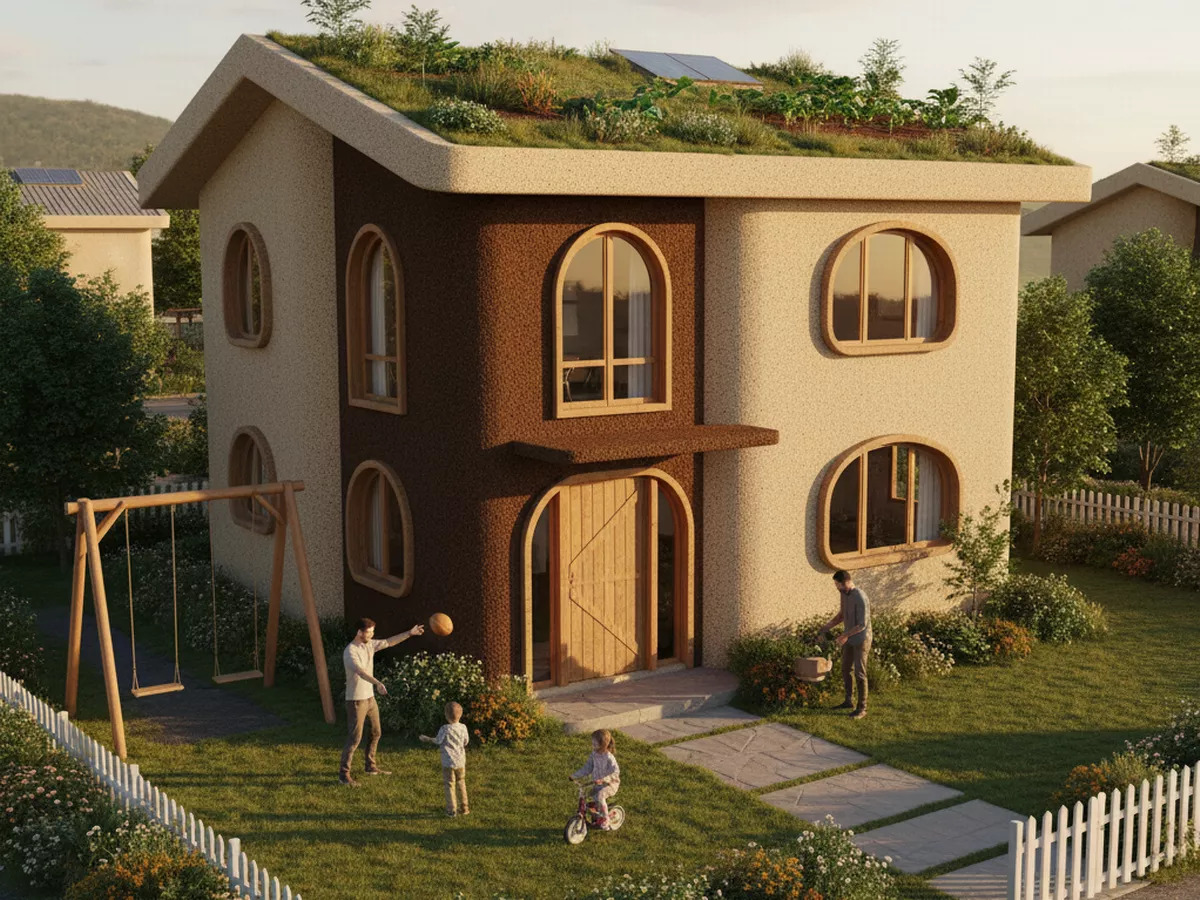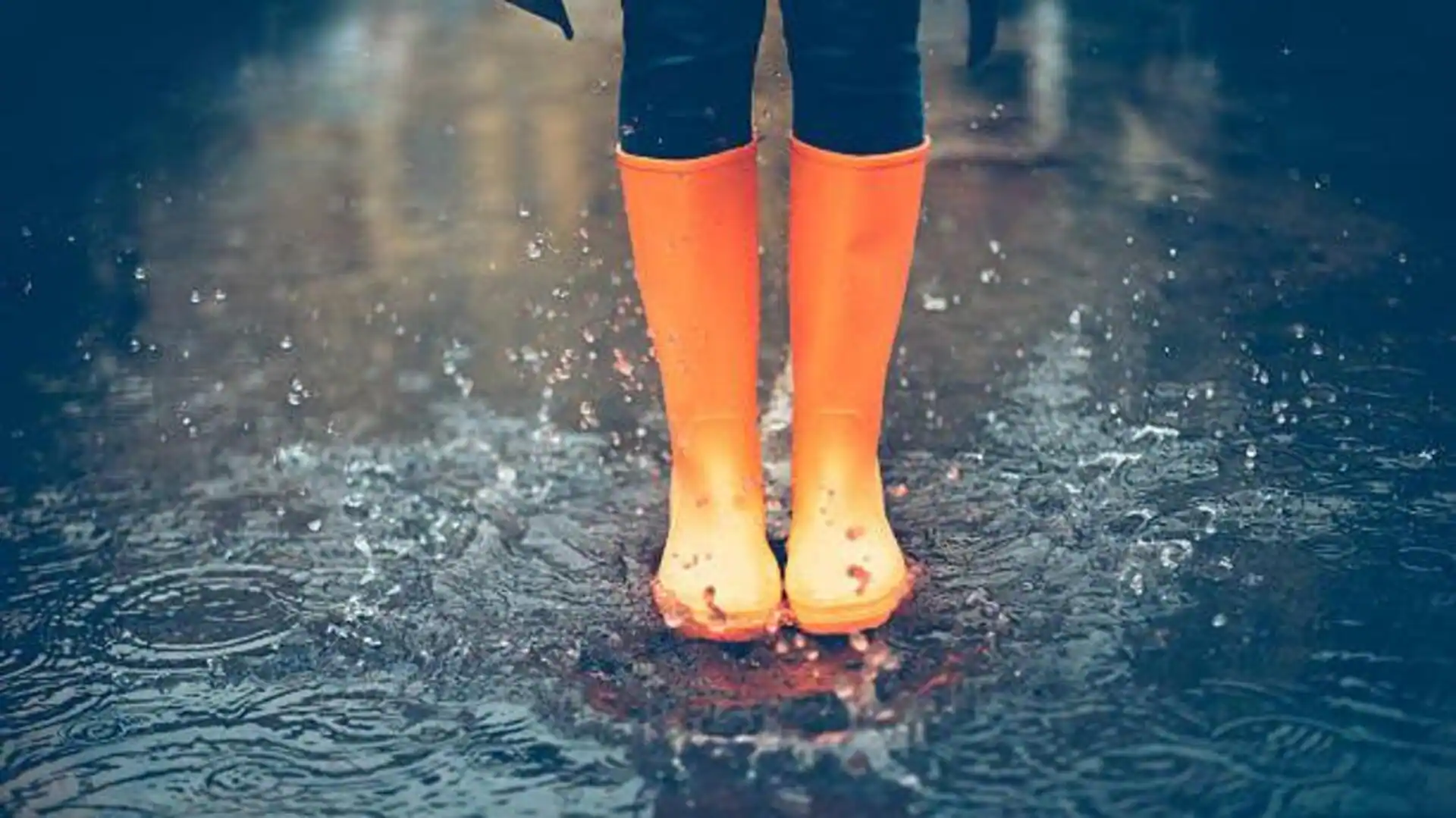Copyright mirror

Scientists are brewing up a solution to climate change with houses built from used coffee grounds. Every year, the world bins around ten billion kilograms of spent coffee grounds, much of which ends up in landfill sites, decomposing and releasing harmful gases like methane and carbon dioxide. At the same time, the construction industry's insatiable hunger for sand and cement is putting a strain on global resources and causing environmental damage. But researchers believe they've found a way to tackle both problems by creating a new type of concrete made from coffee grounds - and it's 30 per cent stronger than traditional mixes. Researchers at RMIT University in Australia have managed to transform waste coffee into a porous, charcoal-like material by heating it to around 350°C in a low-oxygen environment. This material is then mixed into concrete, reports the Daily Star . The result? A concrete that not only performs better in strength tests but also replaces a portion of natural sand - one of the world's most sought-after materials. Jie Li, from RMIT, says that the relentless mining of sand from riverbeds and banks is leaving lasting ecological damage. Therefore, using coffee grounds not only diverts organic waste from landfill but also eases the pressure on natural aggregates. Ginger cat riddle has been solved, aliens are using AI to hide from us, and the mother of all waves spotted in the Pacific - all this and more in our latest weird science newsletter The team's attention is now shifting towards durability as the next significant challenge. Concrete must do more than just withstand compression on its first day; it needs to endure decades of freezing and thawing, storms and droughts. These tests are currently in progress, along with attempts to experiment with other eco-friendly materials, such as timber offcuts and food waste. Meanwhile, a new study reveals that Brits are placing bricks in their toilets to cut down on their water bills. Nearly one-fifth of those surveyed - around 16% - have popped a piece of masonry into their cistern. This reduces the amount of water required for each flush, saving two pints every time you pull the chain, which not only saves water and money but also aids in the fight against climate change. However, experts are advising people to use devices specifically designed for this purpose instead of a traditional building brick. The Reclaimed Brick Company stated: "It's understandable that people want to save water. But putting an ordinary brick in a toilet cistern can lead to serious damage over time."



